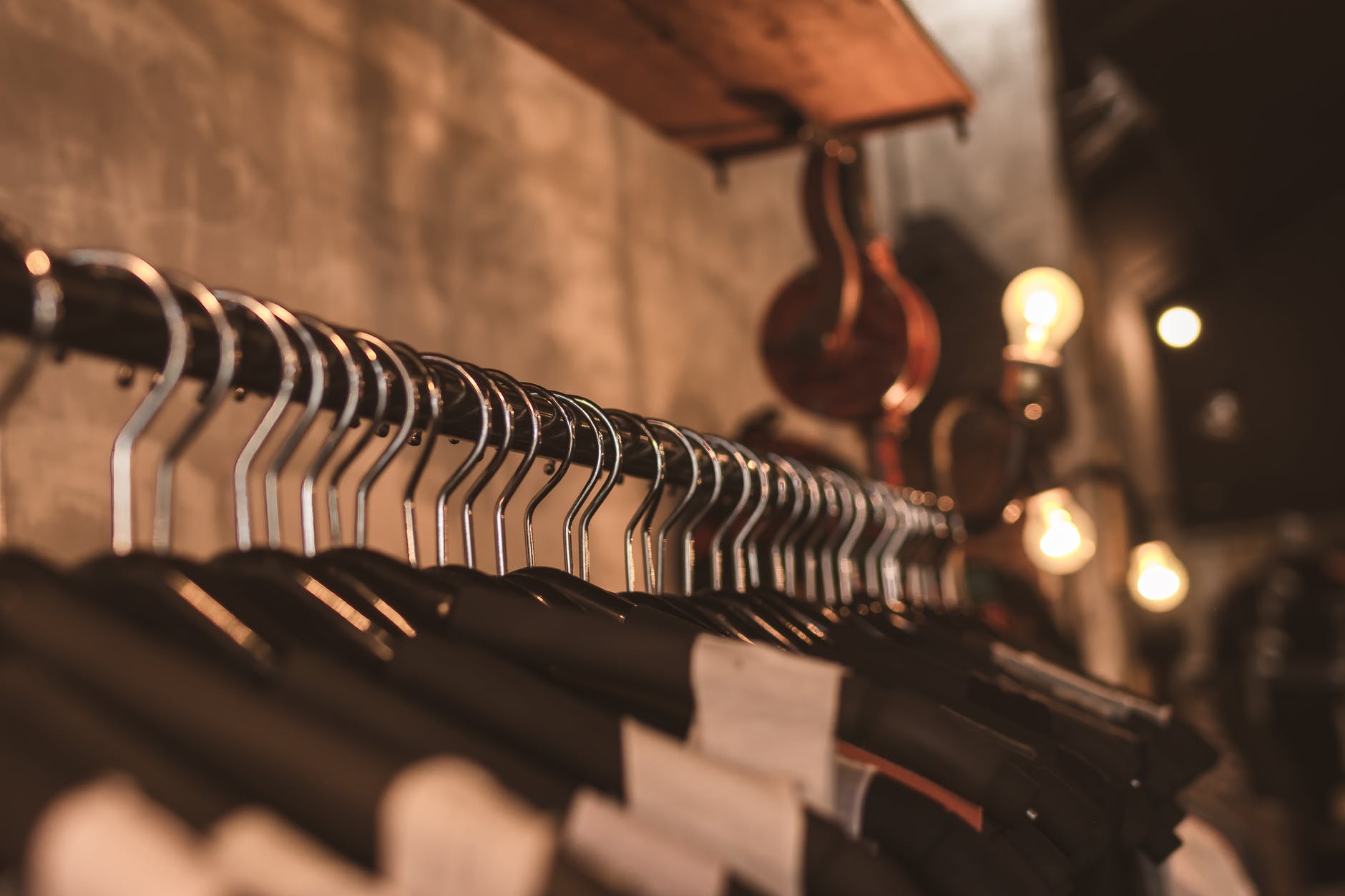

Pietro Dalpane, CEO and co-founder of DeepGears, spoke to Green.Org about developing virtual reality online shopping experiences in order to cut the carbon cost of the fashion market.


Hi Pietro, can you tell us a little bit about you and your background?
Born and raised in Bologna, I moved to Milan after high school and graduated from the Bachelor of Energy Engineering at Politecnico di Milano and a Master in Sustainable Energy Futures (Mechanical Engineering Department) at Imperial College London. Despite the ambition to pursue a career as engineer until that time, I then changed my mind and, after a never-ending 5-month interview process, I received an offer from management consulting firm McKinsey & Company. I travelled the world non-stop for 4 years and then I moved to the scale-up OYO as Operating Partner, where I led the expansion of their new vacation rental management segment in Europe. Toward the end of 2020, I decided to found DeepGears, a fashion-tech company that allows any online consumer to try on virtual clothing on their personalized avatar, with the goal of making online shopping easier and more sustainable.
What is a fun fact about you?
I am a huge DIY kind of guy. The first time I have been to a barbershop I was 19 years old. I currently cut my hair myself, and I managed to learn a few different hairstyles too. It always worked quite well, until I asked my girlfriend to do a final check and refine the nape. She drove a highway through my head that took weeks to fade away…
Why do you think climate change and sustainability is such an important topic today?
Hard to answer concisely. In my view, it has been important for years but simply heavily overlooked. It has been only in the last decade or so that some initiatives have gradually changed people’s behaviour and increased awareness on the topic, two sine-qua-nons for any meaningful change to happen. Unfortunately, some of the awareness has also come from what people have already started experiencing first-hand. For instance, winter months tend to be milder than in the past and mid-seasons more unpredictable. It is unfortunate, as it means that the change is already well-undergoing and it is getting late. From an economic standpoint, it might seem counterproductive to potentially increase spending, taxes and even curbing GDP growth to reduce carbon emissions today, however it will certainly be a much lower price to pay than the one we will eventually pay in the long term.
What do you envision your industry looking like 10 years from now?
The customer-first mentality will inevitably remain, however this does not mean that the fashion industry won’t become more sustainable. For instance, there are many marketplaces today that are cherry-picking brands based on sustainability criteria, and they are gaining market share rapidly, as people start paying more attention to it. Above all, I believe that digital will be the predominant theme over the next 10 years. In particular, virtual try-on solutions will become more widely available and increasingly more realistic, making online shopping easier. On top of this, their use-case is unlikely to be limited to the consumer-side as it is already penetrating other segments of the value chain, such as clothes design and marketing.
What can the average person do to make a difference?
I think it is very much in line with “united we stand, divided we fall”. It is seldom about what an average person can do per se, but it is more often about how much he/she can sway other people in doing the same. This means that any action toward a more sustainable approach, no matter how seemingly insignificant in the grand scheme of things, is worth pursuing. In my little corner of the world, a great starting point will be a greater openness and risk-taking approach to more sustainable and innovative technologies such as DeepGears.
Thank you for sharing your insight into the future of reducing the carbon impact of the fashion market, Pietro.
Join us at the Green Summit in September 2022 with Steve Wozniak.
